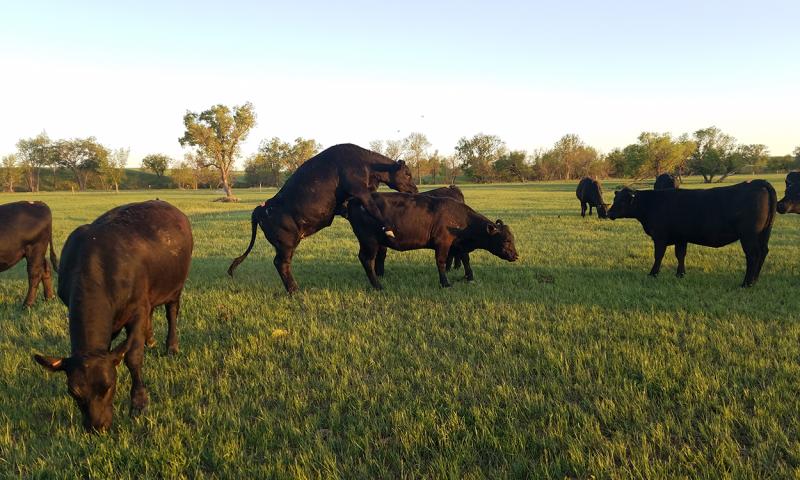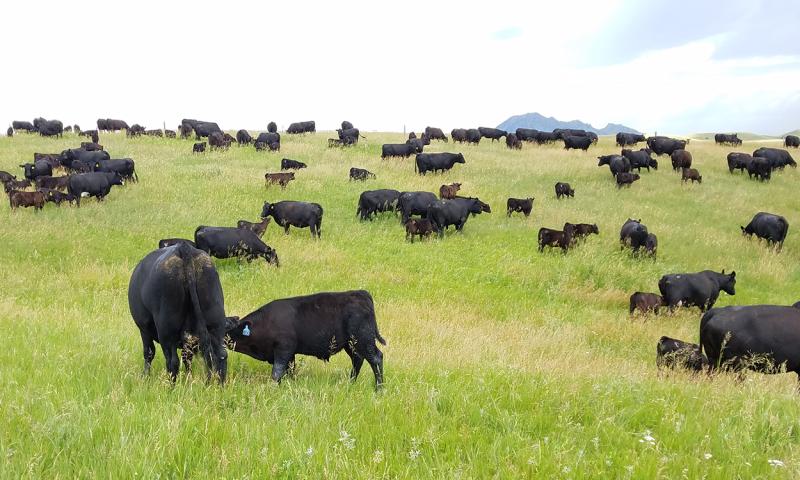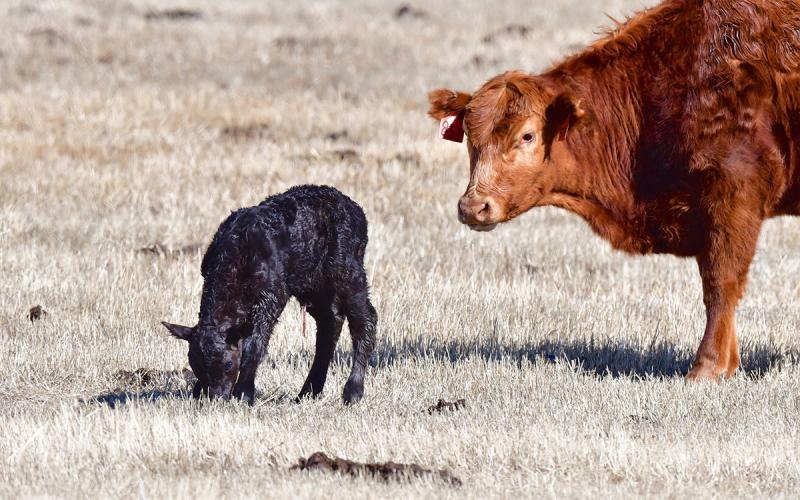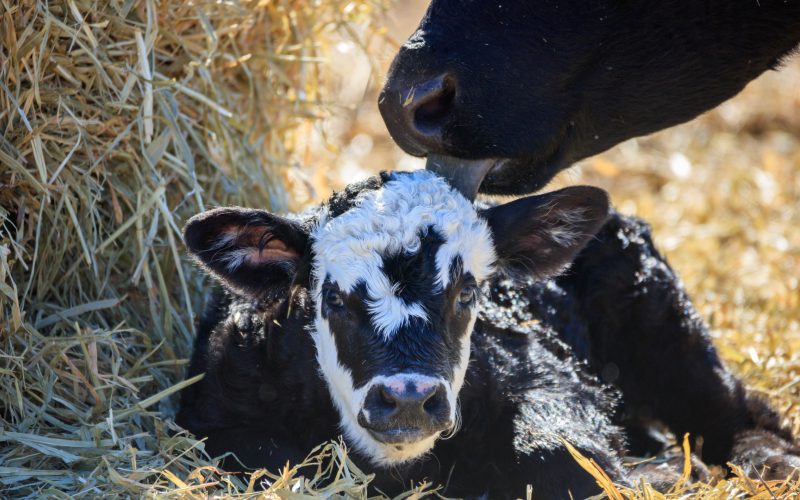Management + Nutrition and Animal Health + Selection Pressure + Reproductive Technologies = Reproductive Efficiency
Above is the Equation of Reproductive Efficiency as presented by Dr. Vitor Mercadante from Virginia Tech during the Applied Reproductive Strategies in Beef Cattle Conference in Cheyenne, Wyoming.
The last factor in the equation is reproductive technologies. Reproductive technologies, such as estrous synchronization, artificial insemination (abbreviated as AI), embryo transfer, in-vitro fertilization, and others, are not silver bullets that solve management issues. The key factors to reproductive success are proper management, nutrition, health, and selection. Reproductive technologies enhance the current management through improved genetics, tightening the calving season, and other factors.
Reproductive Technologies

Estrous synchronization is a reproductive tool that can easily be incorporated into a breeding program with both natural service and AI to get as many females bred within the first 21 days. In addition, the synchronization hormone, such as progesterone (CIDR or MGA), can help jump start non-cycling females.
It would be tempting to insert a CIDR to gain the benefits of a tightened breeding season and jump start non-cycling females. But what needs to be taken into consideration?
How far postpartum are the cows? You cannot expect a cow 20 days past calving to respond to an exogenous hormone to synchronize estrus. All females after calving must go through a process called uterine involution. The uterus must shrink back down to pre-calving size. The uterine lining needs to be regenerated, and blood flow to the uterus must be reduced. All this needs to occur before pregnancy can be possible, which takes approximately 30 days.
The length of the postpartum interval can increase due to calving difficulty, nutrition, and disease. Therefore, it is not recommended to start a synchronization protocol until at least day 35 to 40 after calving. This comes back to the point that reproductive technologies are not silver bullets. Management, nutrition, health, and selection are the factors with the biggest impact on reproductive efficiency.
Other Factors

What is the nutritional status of your cow herd? As you focus on tightening the calving season, body condition score your females throughout the year. Monitoring body condition scores allow you to evaluate the energy reserves of your females and monitor livestock water quality and quantity.
What is your health program? Build a vet-client relationship to develop a strong animal health program.
The SDSU Extension website also has resources on beef nutrition and herd health to help guide decisions.
If management, nutrition, health, and selection pressure are in sync, then incorporate reproductive technologies. You don’t want to fester a problem, by using reproductive tools to mask it.
For information contact Robin Salverson, SDSU Extension Cow Calf Field Specialist at 605-374-4177, or any member of the SDSU Extension Beef Team.


